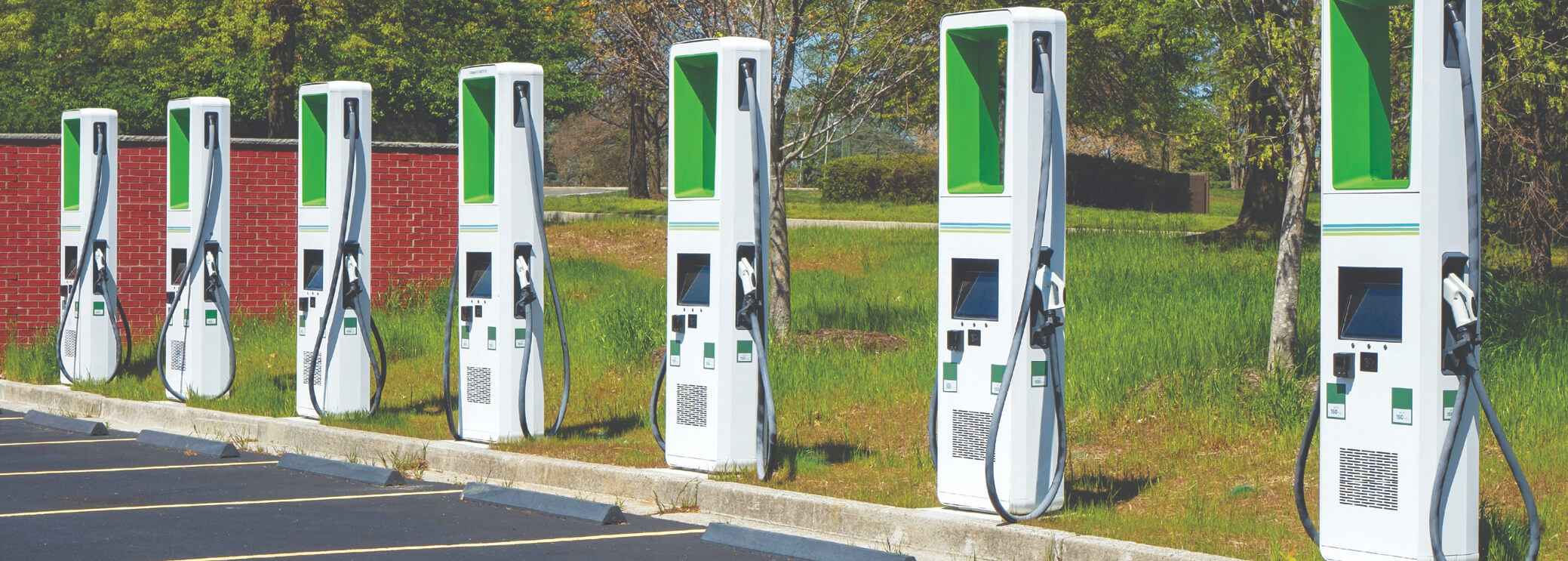
Electrifying your fleet is a process,” said Gary Rackliffe, senior vice president of energy technology at Quanta Technology. “At Quanta Services, which operates one of the largest commercial fleets in the country, operating units are evaluating their fleet transitions. This process is starting with pick-ups and bucket trucks based on the availability of vehicles. Our role at Quanta Technology is to address fleet transition planning for Quanta Services and our partners in the industry.”
The first step, according to Rackliffe, is to align electric vehicles (EV) fleet use cases with the charging infrastructure. The use cases define the types of vehicles, miles driven, daily driving patterns, charging windows or dwell times and overall energy requirements. “Select the proper charging method by considering existing and future fleet needs for EVs, expected fleet growth, the charging model and type and the lifecycle and maintenance of the charging infrastructure for the EV fleet,” he said. “It’s also essential to determine requirements for fleet baseline energy needs, on-site energy management and electrical and utility upgrades.”
Interconnection requirements to meet capacity and peak demand should be considered at this point. An assessment of the site helps size EV charging stations and plan network capacity to meet operational needs. It is also important to consider energy optimization and vehicle availability for determining smart charging and energy management systems.
The second step in the process is the design and build stage. Structural, foundation and electrical design, as well as EV charging infrastructure plans are developed and then a preliminary site plan from survey information and selected equipment is created. Activities to account for include distribution network upgrades, installation of transformers, meters and panels, utility interconnection, site trenching and conduit and cable installation.
“The third step is to test and commission EV chargers with tools known as vehicle emulators,” Rackliffe said. “For independent validation of a charger’s operation, don’t risk damaging your vehicles by using them to test chargers. Employ plug and play practices that allow for repeatability of tests including testing chargers up to their maximum power rating.”
Other aspects of the testing process that Rackliffe recommends:
For sites that may not have an adequate utility interconnection, Rackliffe discussed leveraging mobile and temporary charging infrastructures. “Flexible charging and storage support pilot programs and help launch fleet transitions, and they are a means of temporary charging at roadside assistance events or on jobsites during storm response and restoration activities,” he said. “Things can go wrong, so advanced planning is needed to ensure issues with EVs will not impact operations. Temporary charging infrastructure also allows for fleet depots to transition to EVs even if the network interconnection is not yet built.”
For a smooth fleet EV transition, Rackliffe advised outlining short-, mid- and long-term roll-out plans, including the initial implementation and how to scale as the EV fleet grows. Provide feedback on the expected electrification timeline and pace and create a structured reporting and evaluation program to modify the mid- and long-term plans using the lessons learned from the previous phase. The data can also be used for sustainability reporting.
Outlining key performance indicators can help validate the success or failure of the original plan and make effective changes, Rackliffe pointed out. Considering that the transition is dependent on external factors such as the delivery of chargers and vehicles, as well as interconnection timelines, the plan needs to include phases with defined triggers to move to the next phase.
“There isn’t a one-size fits all approach to developing an EV transition plan for your fleet,” Rackliffe stated. “That equation also must account for any expected growth of the fleet and the impact that EVs will have on fleet expansion and operations.
“There are consequences to consider if everything isn’t taken into account,” Rackliffe added. “Business disruption due to vehicle availability issues, high-energy consumption leading to higher operations costs and capital waste due to unnecessary infrastructure upgrades are among them. The impact on disruptions to business and customer relations also need consideration because stranded assets could undermine the reliability of the fleet’s operation.”
The core driver for transitioning fleets to EVs is a financial analysis of TCO, total cost of ownership, Rackliffe noted. “When you’re comparing an electric vehicle fleet to an existing fleet of internal combustion engine vehicles, the cost of EVs plus the cost of the electric vehicle charging infrastructure must be offset by lower operating costs.
“Many companies have announced sustainability goals and support for decarbonization, and there are state mandates for zero emission fleet vehicles that will impact new vehicle purchases,” Rackliffe continued. “However, your plans need to cover initial implementation all the way to full transition.”